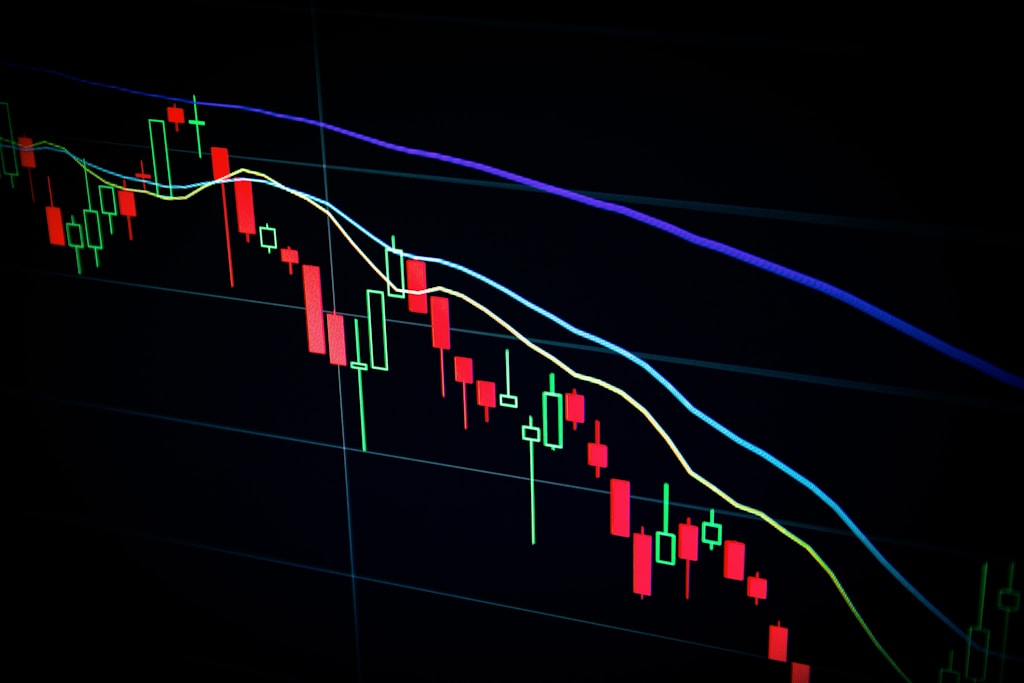Bitcoin’s network strength reached unprecedented heights as hashrate surged to a record-breaking 862 exahash per second (EH/s) on March 28, 2025, demonstrating the network’s growing computational power despite challenging market conditions for miners. This milestone comes as Bitcoin’s hash ribbon indicators show historically bullish patterns.
Record-Breaking Network Performance
The latest surge represents a significant 10 EH/s increase from the previous record of 852 EH/s set in early February, highlighting the continued expansion of Bitcoin’s mining infrastructure. This growth occurs despite recent challenges in mining profitability.
SPONSORED
Trade Bitcoin with up to 100x leverage and capitalize on market movements
Impact on Mining Economics
The increasing hashrate presents a double-edged sword for the mining industry. While it strengthens network security, it also intensifies competition among miners, potentially squeezing profit margins. This development is particularly significant as Bitcoin approaches its next halving event.
Network Security Implications
The record hashrate significantly enhances Bitcoin’s security posture, making 51% attacks increasingly improbable and costly. This strengthening comes at a crucial time as institutional adoption continues to grow.
Frequently Asked Questions
What does the increased hashrate mean for Bitcoin?
A higher hashrate indicates stronger network security and growing mining investment, though it can impact individual miner profitability.
How does this affect mining difficulty?
The rising hashrate typically leads to increased mining difficulty, requiring more computational power to mine new blocks.
What are the implications for Bitcoin’s price?
Historically, sustained hashrate increases have correlated with long-term price appreciation, though short-term correlation isn’t guaranteed.
